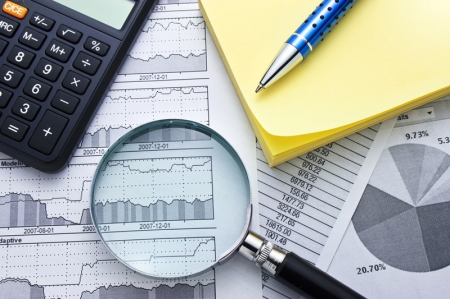U.S. trade deficit expands, surpassing both forecasts and previous figures
2024.11.05 08:59

The United States’ trade balance has taken a further hit, with the latest data revealing a deeper deficit than anticipated. The actual figure for the trade balance, which measures the difference in value between imported and exported goods and services, stands at -$84.4 billion.
This figure not only overshadows the forecasted deficit of -$83.8 billion, but it also signifies a considerable increase compared to the previous reading of -$70.8 billion. The larger deficit implies that the U.S. imported more goods and services than it exported over the reported period.
A higher trade deficit is generally seen as negative or bearish for the U.S. dollar, suggesting that the latest figures could exert downward pressure on the currency. A country’s trade balance is a key indicator of its economic health, reflecting the competitiveness of its industries and the demand for its goods and services abroad.
The expanded trade deficit could be indicative of several factors, including a stronger domestic demand for imported goods, a weaker demand for U.S. goods overseas, or a combination of both. It could also suggest that U.S. companies are facing more competitive pressures from abroad.
The larger-than-expected trade deficit may also fuel concerns about the overall state of the U.S. economy. A persistent trade deficit can lead to job losses in industries that face competition from cheaper imports, and it can also contribute to the national debt.
However, it’s important to note that a trade deficit is not inherently bad. It can also indicate that the economy is strong, with consumers and businesses feeling confident enough to spend on imported goods. Nevertheless, the key is balance, and the recent figures suggest that the U.S. is importing significantly more than it is exporting.
The latest trade balance figures underscore the challenges facing U.S. policymakers as they seek to boost exports and reduce the reliance on imports. This task is particularly crucial in the current economic climate, where global trade dynamics are constantly evolving.
This article was generated with the support of AI and reviewed by an editor. For more information see our T&C.








